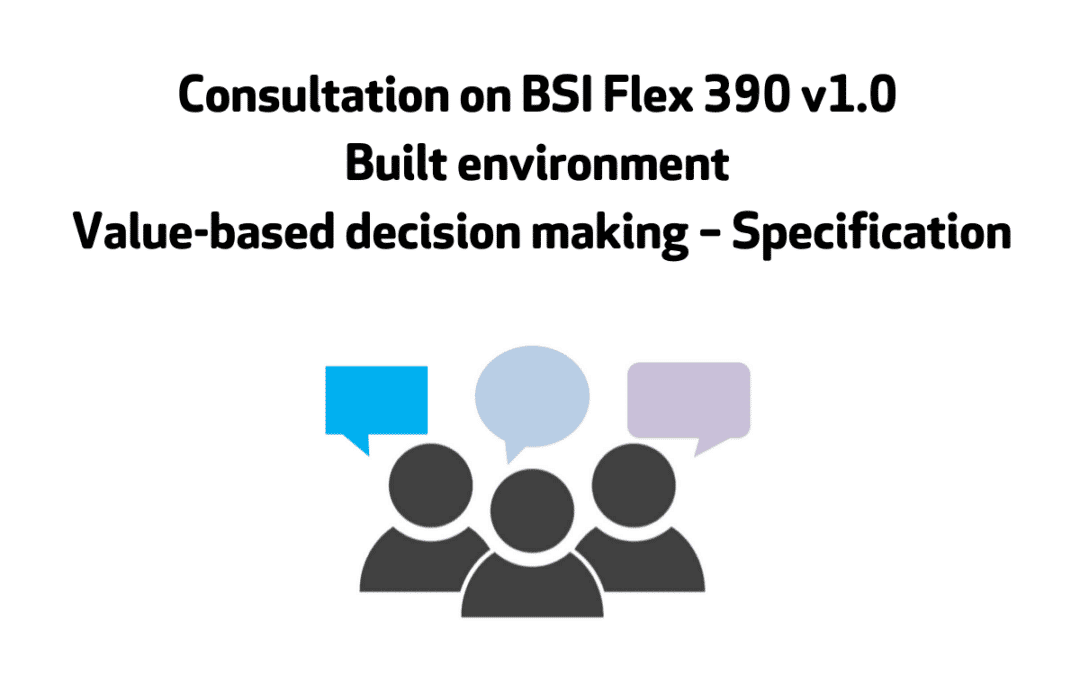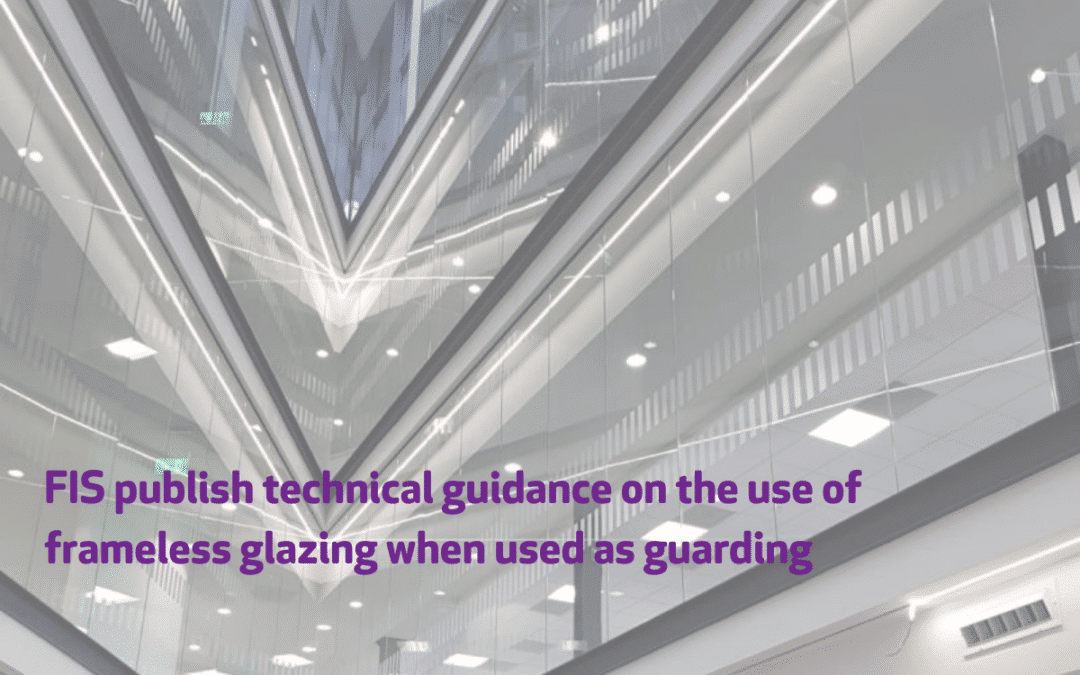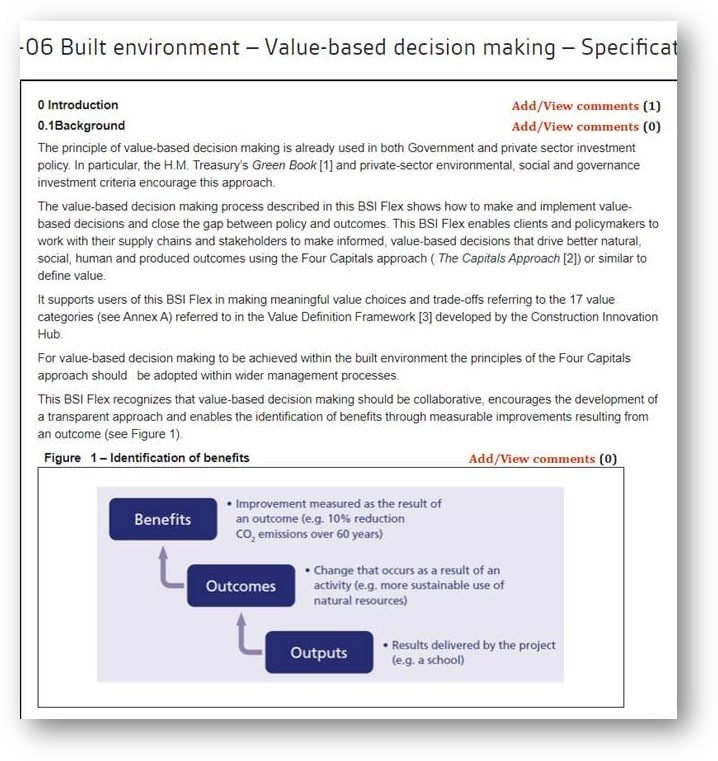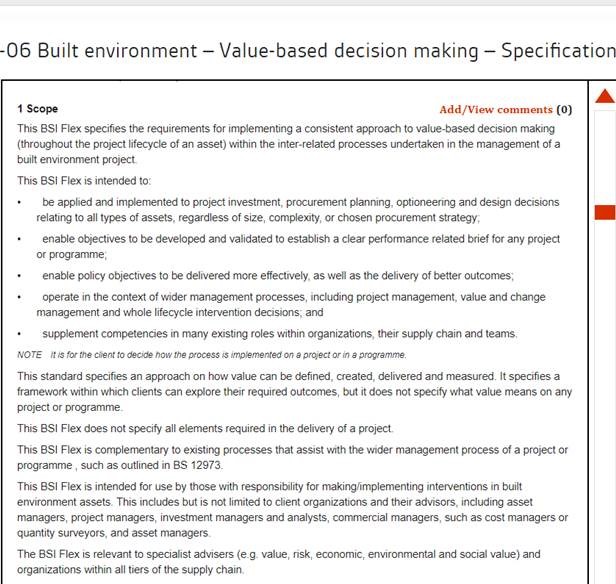
by Iain McIlwee | Jul 22, 2022 | Technical
With the heatwave this week resulting in record temperatures melting runways and sending the train network into chaos, we were confronted with the stark fact that, at times, we are expected to work in atypical temperatures and we need to consider the full implications of this and what it means, not just to the way we work, but the materials we work with.
FIS reminds all members to check material data sheets for guidance around continuous working temperatures.
To protect members and support contractual issues that may arise, FIS has developed a factsheet focussed particularly on the performance of plasters and compounds in hot conditions and how this can affect the finish and performance of plaster specifically over 25oC.
The factsheet FIS knowledge Materials Performance of plasters and compounds in extreme heat can be downloaded by FIS Members here
The HSE provides a wealth of information to support businesses having to manage hot weather working, this is all linked from our H&S Toolkit here.

by Clair Mooney | Jul 1, 2022 | Technical
BSI is seeking comments on the proposed new standard: BSI Flex 390 v1.0, Built environment – Value-based decision making – Specification.
The scope of the standard is to lay out the requirements for the implementation and approach to value based decision making taking into account the project lifecycle.
The screen grabs below provide some commentary which will help you understand the background and scope in more detail.
Commenting on Standards before publication provides BSI with instant feedback on the viability and benefits of the standard which we expect to be implemented by the public sector and in turn through procurement routes.
To get involved please follow this link to register on the portal. You can the access the draft and share your comments using this link: https://standardsdevelopment.bsigroup.com/projects/9022-07261#/section
The closing date for comments is 20 July.
NB the draft can not be copied or downloaded.

by Clair Mooney | May 27, 2022 | Technical
Recent changes to Part L Conservation of fuel and power come into effect on 15 June 2022 where you are working in residential buildings.
From Wednesday 15 June a requirement to provide photographic evidence of junction of internal walls to external envelope of a building come into force. FIS has produced a technical note to provide members with information and advice on how to meet this requirement.

by Clair Mooney | May 27, 2022 | Technical, Transformation
The conclusion of LEXiCON’s first phase is a major step toward creating trustworthy and reliable, digital structured product information in a standardised way across the industry.
Developed by the Construction Innovation Hub (the Hub), in partnership with the Construction Products Association (CPA), the LEXiCON project is seeking to standardise construction product information and support manufacturers in sharing product information freely across the industry.
Detailed in a report published today, the first phase of LEXiCON sets out a methodology for the creation and ongoing management of ‘Product Data Templates’. By creating a consistent approach across the building industry, LEXiCON will make it easier for people to upload, categorise and compare data between products. You can find out more information about this latest step from LEXiCON here.

by Clair Mooney | May 12, 2022 | Building Safety Act, Technical
Developers in Scotland will be banned from using combustible cladding on high‐rise buildings from 1 June, following the introduction of new building standards legislation. Since 2005, new cladding systems on high‐rise blocks of flats have either had to use non‐combustible materials or pass a large‐scale fire test. However, the new legislation removes the option of the fire test, prohibiting such materials from being used on domestic and other high‐risk buildings above 11 metres. The highest risk metal composite cladding material will be banned from all new buildings whatever their height, with replacement cladding also required to meet the new standards.
FIS has reviewed the proposals and note that Cavity Trays that caused some disruption in England and Wales are in the list of exemptions and consistent with the work we did with Scottish Government on buildings greater than 18 m.
Scottish Procurement Policy Note (SPPN) 02/2022 will also be introduced from 1 June, which sets out how public sector bodies are to embed prompt payment performance in the supply chain through procurement processes. Suppliers will have to pay 95% of valid invoices on time, or provide an improvement plan, otherwise they will not be selected to bid.

by Clair Mooney | May 5, 2022 | Technical
FIS has launched a technical guidance note, Guarding with frameless glass partitioning to help specifiers, designers, manufacturers and specialist contractors fully understand the unique challenges of utilising full height frameless glazed partitions as a barrier.
The new FIS technical note was produced by the FIS on behalf of its members and peer reviewed by the wider community in response to ongoing feedback on the specific overlap between this product category and it’s intended use which is not well described or prescribed by standards or regulations. The document also gives examples of how to harmonise the approach to performance across devolved nations where the guidance that exists can vary.
Commenting on the need for guidance Peter Long of Optima Systems said:
“We need to be advocating the same degree of risk management in guarding as we do with fire. Both areas of construction are protecting risks to life, so both should have the same levels of attention to safe design.”
This supports the need to consider this product to be a clear example of a safety critical product.
Referenced and associated FIS publications:
The unintentional designer
Spontaneous breakages of toughened glass
FIS acoustic verification scheme
Best practice guide for installing partitions
These guides work well when they are included in proposals and project plans to demonstrate how to best approach a project. They are also good differentiators when someone is in competition with non-members, and are an excellent introduction to new members of the team and any trainees and apprentices.
The guidance note is freely accessible to FIS members and to specifiers on request. Visit the Technical Guidance section on the webiste at https://www.thefis.org/knowledge-hub/technical/fis-technical-notes-industry-alerts/







